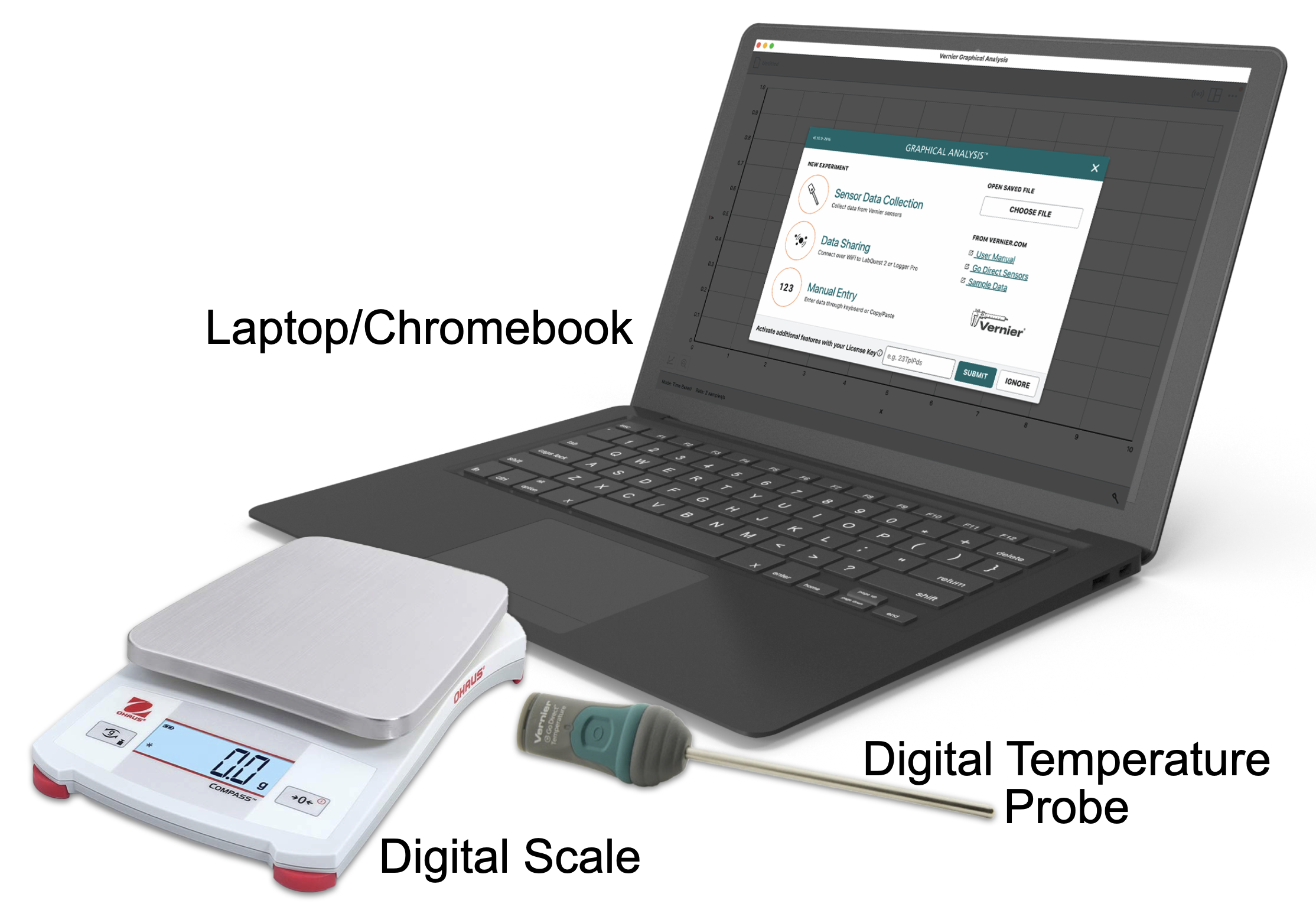Teacher Portal
Atmosphere
CELL Guide
CELL Guide
Atmosphere

LabLearner’s 3-D Approach to Scientific Inquiry
Phase 1 – Defined Understanding
The defined boundaries of this phase provide a framework for engaging parents and identifying students’ current knowledge of the key topic(s) explored in this CELL.
Phase 2 – Dynamic Understanding
Change, activity, and progress characterize the dynamic phase. Its design will enable you to enhance students’ existing skills, interests, and understanding, as well as meaningfully build new ones.
Phase 3 – Deeper Understanding
By this point, students have moved through powerful and purposeful tasks that had them actively and intentionally construct an understanding of concepts. In this final phase, students will consolidate knowledge and make deeper connections among ideas.
Phase 1 – Defined Understanding
► Questions to Investigate in this CELL
- What happens to air as it is heated and cooled?
- How do changes in the temperature of air affect its density?
- Why do changes in density cause air movement?
- Why do changes in density cause air movement?
- How do differences in the temperature of the Earth’s atmosphere affect the movement of air?
- What types of air movements cause areas of high and low pressure?
- Why do differences in pressure cause wind?
- How are differences in pressure measured?
- What factors are necessary for precipitation to form along fronts?
- What changes in atmospheric pressure occur with the passing of a cold or warm front?
► Parent Newsletter
Encourage parents to connect to their child’s learning by providing them with a framework of the CELL. Use this link to access and share the Parent Newsletter.
► Baseline Assessment
Assess students’ current knowledge of the topic(s) being explored then set instructional and student learning goals. Use this link to schedule then invite students to take the Pre-test for the CELL.
Phase 2 – Dynamic Understanding
► Introduction and Fun Facts
Enhance your conceptual understanding by reading the student-level research on the topic(s) being explored. Use this link to access the research.
____________________________________________
► Links to Investigations
Go directly to the Investigation you are working on by clicking on a link below:
► Investigation 1
► Investigation 2
► Investigation 3
► CELL Vocabulary
Investigation 1:
- Density: the amount of matter in a given volume or area. Density is also described as a measure of the compactness of matter. It is determined by dividing the amount of mass of a substance by its volume. D=m/v
- Atmosphere: The thin layer of gases that surrounds the Earth. It is held in place by the force of Earth’s gravity.
- Charles Law: The law that describes the relationship between the temperature and volume of a gas under conditions in which the pressure and amount of a gas is constant. Charles’s Law states that the volume of a given amount of dry ideal gas is directly proportional to the Kelvin Temperature. Charles’ Law can be represented by the mathematical formula:
![]()
- Troposphere: The layer of the atmosphere extends from the surface of the Earth to approximately ten to twelve kilometers above the Earth’s surface. It is the layer in which most of the Earth’s weather occurs.
Investigation 2:
- Atmospheric pressure: The sum of forces exerted on the surface of the Earth by the molecules that compose the atmosphere per unit area. Atmospheric pressure can be represented by the following equation and is measured in units of millibars:

- High-pressure system: When the atmospheric pressure at one area of the Earth is higher than the areas that surround it.
- Low-pressure system: When the atmospheric pressure at one area of the Earth is lower than the areas that surround it.
- Barometric pressure: An indication of the atmospheric pressure in an area as measured in millimeters of mercury (mm Hg) with a barometer. The pressure in mm Hg can be converted to millibars using the equation below.
![]()
- Barometer: One of the key instruments used by meteorologists to measure changes in atmospheric pressure. A mercury barometer is one type of barometer. Changes in atmospheric pressure measured with a mercury barometer are reported in millimeters of mercury (mm Hg).
- Pressure gradient force (PGF): The difference in pressure between higher and lower areas of pressure and the distance between the two areas.
![]()
- Isobar: Lines on a weather or atmospheric pressure map that indicate areas of equal atmospheric pressure.
- Wind: Horizontal movements of air set into motion by pressure differences that exist within the Earth’s atmosphere.
Investigation 3:
- Air mass: A large body of air that possesses certain temperature and humidity characteristics.
- Front: The boundary between air masses of two different densities.
- Cold front: A boundary between a cold air mass and warm air mass. In a cold front, the colder air mass moves in behind the warmer air mass.
- Warm front: A boundary between a cold air mass and warm air mass. In a warm front, the warmer air mass moves in behind the cooler air mass.
- Evaporation: A change of phase in which the liquid phase of a substance is converted to its gaseous phase.
- Condensation: A change of phase in which the gaseous phase of a substance is converted to its liquid phase.
- Precipitation: Liquid and solid phases of water that fall from the sky. Precipitation includes rain, hail, snow, freezing rain, and sleet.
► Access Scoring Rubric
Examine the scoring rubric for this CELL so that you know what your teacher is looking for in terms of performance.
Tips for Success:
Google Classroom
Phase 3 – Deeper Understanding
►Deep Analysis Classroom Discussion
These questions can be used to elicit in-depth discussions based on the lab experience. Teachers may use any or all of these discussion points depending on the time available. All Investigations‘ Deep Analysis questions as well as the Comprehension Check for the entire CELL are found on this link.
► Summative Assessment
Evaluate student learning at the end of the CELL by comparing the Summative Assessment to students’ Baseline Assessments. Use this link to schedule then invite students to take the Post-test for the CELL.

